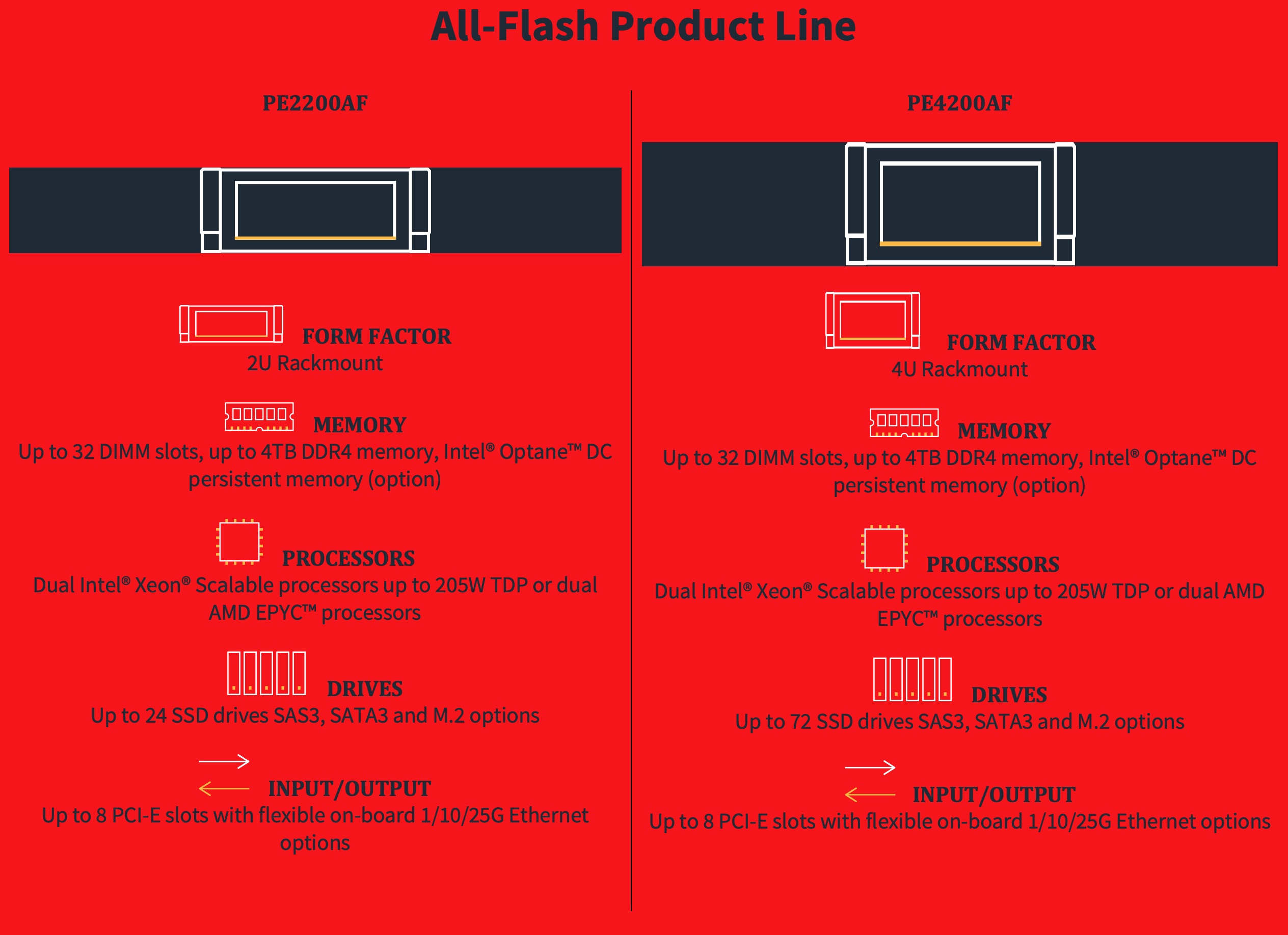How backup works
Historically tape drives were a perfect backup choice when tape cartridges provided capacities unavailable for other storage media. The increase and diversity of data was not so rapid and the simple backup nature was to save all data at subsequent iterations.
It was part of the characteristics of tape solution that tapes drives worked great with uniformly large data streams.
Today, the nature of the data, it’s growth, distributed systems, various characteristics of data processing require a change in the approach to backup strategy.
At the moment, when HDD disk drives exceed the capacity of tape drives, it became obvious to use them in backup solutions. It’s still quite expensive solution to put hundreds and even thousands of cartridges intoone tape library.
However, by changing the approach from uncontrolled duplication of dataand wise control and storageHDD backup solutions become reality and transform into Secondary Storage.
Of course deduplication can be implemented with tape drive solutions - possibly such backup will stream and store well. However the restore time of such deduplicated data stream scattered on a hundred tapes would be unacceptable.
Today the advantage of the backup solutions based on hard drives with short access times is the fact that the protection of data is as important as instant access to them.
PEBYTE All-Flash Appliance meets the moste demanding requirements when access to data is crucial for an enterprise.
What is data, then?
Today the data is the second currency.
In today's reality it is hard to imagine losing access to the data.
In the era of social media, digitization of documents, Artificial Intelligence, IoT – IT systems require constant access and availability.
HA / DR architecture provides resistance to failures and even disasters in the aspect of the hardware - but more and more cases of data corruption are caused by the software layer - this is obviously a subsequent effect of the increasingly popular Software Defined Everything approach. Which means that even with implemented HA / DR architecture we still need efficient backup solutions.
Conclusion - data in today's Digital World is like air, taking care of it and taking care of uninterrupted access becomes the most important aspect now.
So what is PEBYTE All-Flash Secondary Storage?
100Gb Ethernet becomes the standard, RTO / RPO requirements are constantly increasing, value of the data begins to be calculated in M$, and applications require high performance random IO and high-performance sequential IO simultaneously.
Due to the unique architecture used in PEBYTE solutions, All-Flash Appliance is able to reduce the amount of stored data up to 400 times. This fact meant that we designed a solution based entirely on SSD technology. The base targets is virtual environments, applications with huge amount of data changes requiring the highest RPO, processing clusters and solutions requiring the highest RTO.
The effect of this architecture is unprecedented efficiency in storing of the backup but also industry’s best efficiency in recovering of the data.


